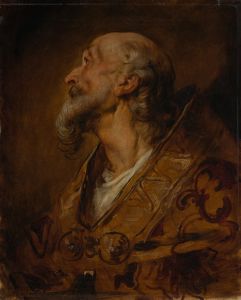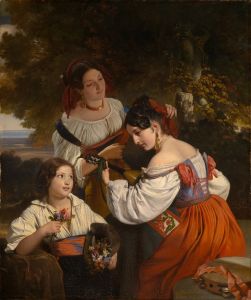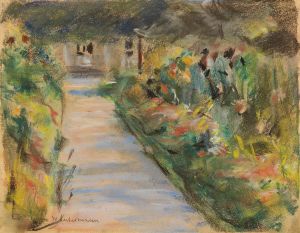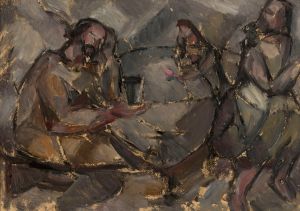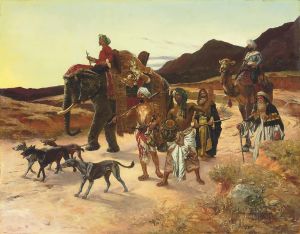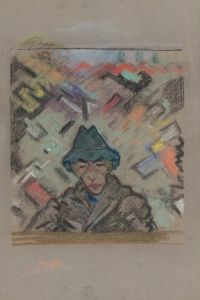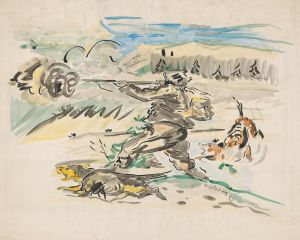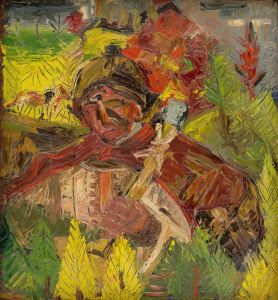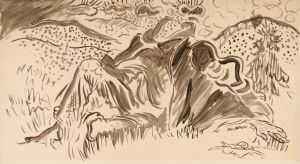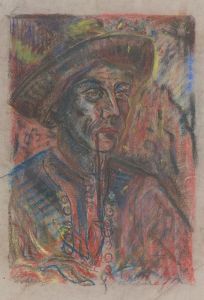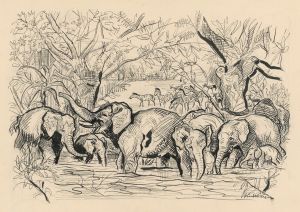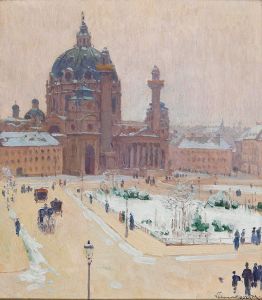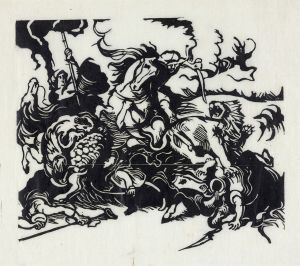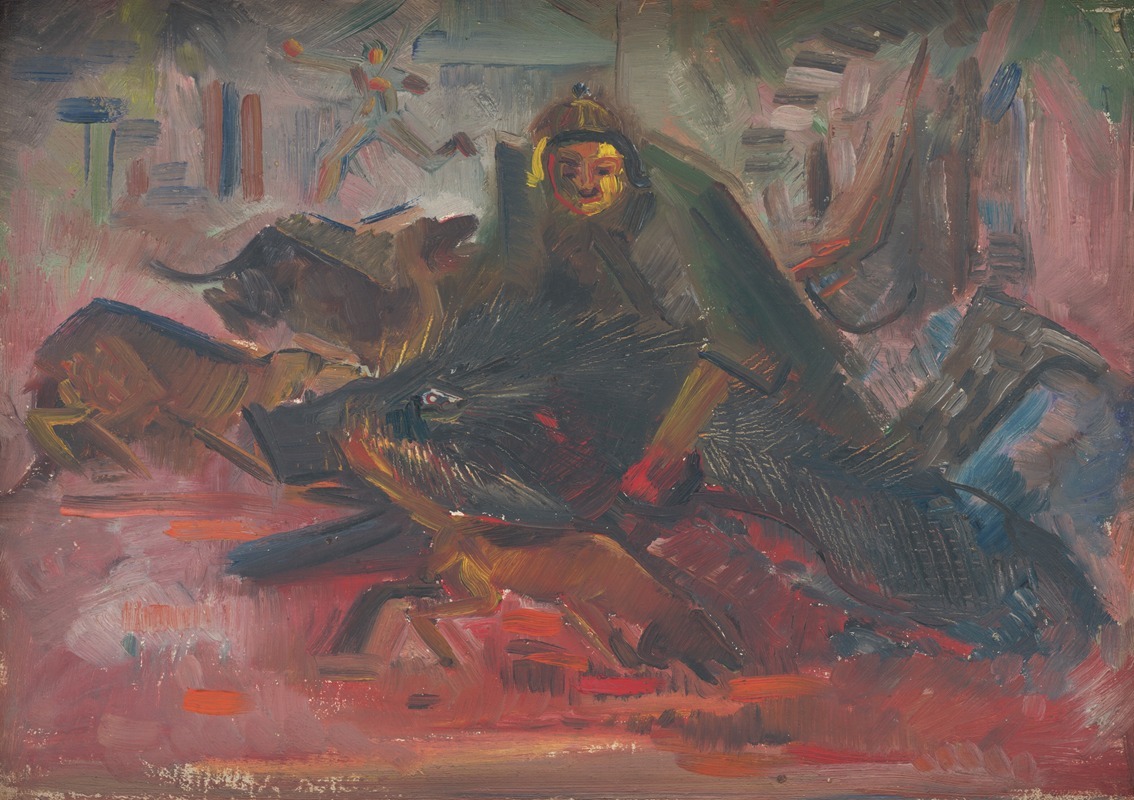
Boar Hunt
A hand-painted replica of Arnold Peter Weisz-Kubínčan’s masterpiece Boar Hunt, meticulously crafted by professional artists to capture the true essence of the original. Each piece is created with museum-quality canvas and rare mineral pigments, carefully painted by experienced artists with delicate brushstrokes and rich, layered colors to perfectly recreate the texture of the original artwork. Unlike machine-printed reproductions, this hand-painted version brings the painting to life, infused with the artist’s emotions and skill in every stroke. Whether for personal collection or home decoration, it instantly elevates the artistic atmosphere of any space.
Arnold Peter Weisz-Kubínčan was a Slovak painter known for his contributions to modern art in the early 20th century. His work, "Boar Hunt," is one of the notable pieces that reflect his unique style and thematic focus. Weisz-Kubínčan was born in 1898 in Hungary, which later became part of Czechoslovakia, and his artistic career was deeply influenced by the cultural and political changes of his time.
"Boar Hunt" is a painting that exemplifies Weisz-Kubínčan's interest in capturing dynamic movement and the interaction between humans and nature. The painting depicts a traditional hunting scene, a theme that has been explored by many artists throughout history. However, Weisz-Kubínčan's approach is distinct in its modernist execution, characterized by bold colors and expressive brushwork. The composition of the painting is dynamic, with a sense of motion that draws the viewer into the action of the hunt.
Weisz-Kubínčan's work often reflects a synthesis of various artistic influences, including expressionism and cubism, which were prominent during his lifetime. These influences are evident in "Boar Hunt" through the use of geometric forms and a vivid color palette that conveys the intensity and chaos of the hunt. The figures in the painting are stylized, with exaggerated features that emphasize their movement and energy.
The artist's background and experiences also played a significant role in shaping his artistic vision. Weisz-Kubínčan was part of the Jewish community in Slovakia, and his life was profoundly affected by the events of World War II. During the war, he was deported to a concentration camp, where he continued to create art despite the dire circumstances. His resilience and dedication to his craft are reflected in the emotional depth and complexity of his paintings.
"Boar Hunt" is not only a representation of a hunting scene but also a reflection of the broader themes of survival and the human condition. The painting can be seen as a metaphor for the struggles and challenges faced by individuals in a tumultuous world. Weisz-Kubínčan's ability to convey such themes through his art has earned him recognition as an important figure in Slovak modernism.
Today, Weisz-Kubínčan's work, including "Boar Hunt," is appreciated for its artistic merit and historical significance. His paintings are held in various collections and continue to be studied for their contribution to the development of modern art in Central Europe. Despite the challenges he faced during his lifetime, Weisz-Kubínčan's legacy endures through his vibrant and thought-provoking body of work.





